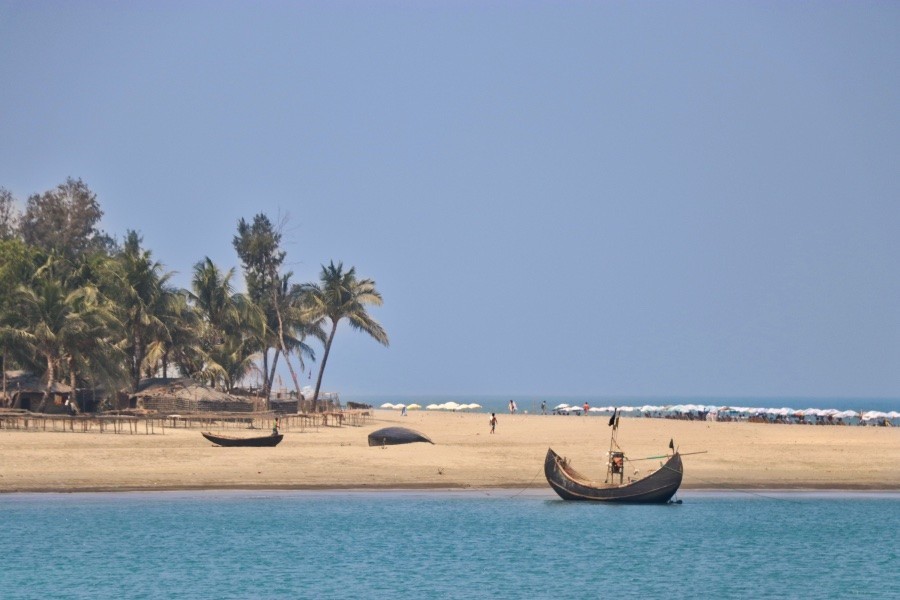The recent appeal by the Department of Environment (DoE) as published in various daily newspapers for the rescue of the St Martin's Island could not be more welcome. In fact, it should have come years and years earlier. Better late than never as the appeal sounds; and time has come for the strictest of measures to implement necessary actions for the island's wellbeing. It is another case of this nation's near-destruction of a place of nature or heritage and then start crying for it. Nonetheless, the strict regime of rules and guidelines that the DoE has stipulated to save the ever-worsening situation on the island caused by anthropogenic intervention for restoration of its ambiance, environment and biodiversity appear totally justified and require people's cooperation. The fourteen-point list of forbiddances which includes among other things prohibition of all motorised or non-motorised vehicles on shores of the island is deemed the ideal first step, because that is the place where all detrimental activities are drawn to and get a kick-start. The other points on the list like avoidance of throwing of plastic items on the shores, or on surrounding sea and on the Naaf River, holding of barbeque parties on the shores and use of microphone or playing music on high pitch and desisting from activities that harm the endangered bio-species were all longed-for. It is good that the DoE has been especially alert to the dangers posed to the Chera Dwip, an extension of the island proper and only separated during high tide, that has been brought under government acquisition for preservation from marauding tourists.
The St Martins Island, also known locally as Narikel Jinjira and Daruchini Dwip, is the only coral island in the country. And there lies the core attraction of the place, with many highbrow drawing rooms in the big cities taking pride in a display of the item. Its three-square kilometres of area with a population of about four thousand is dense by any calculation. The tourist season brings in hordes of people from the rest of the country with shiploads arriving from all possible places. For long the island's health has been overlooked, at times even forgotten. The growth of hotels and motels could have been regulated earlier with a more conservative and nature-friendly mindset. That chapter may not perhaps be beyond redemption. However, the latest restrictions on use of water from deep tube wells and its wastage and use of flashlight and other kinds of beam in certain designated areas for the protection of biodiversity would be welcome.
The DoE, however, appears outwardly to be a benign organisation without much of teeth. How its directives would be adhered to and implemented have to be made clearer. Local administration and tourist police need to be on high alert around the clock. The Environment Protection Act of 1995, along with its amendments of 2010, specify a whole range of checks and procedures. That these have not been fully implemented is evident from this latest round of 14-point prohibitions. While every person serious about the welfare of the country's sole coral island will yearn for full implementation of the new directives, innovative measures may also be thought of. Local permanent residents must come forward; and if they do not, they must be inspired and made knowledgeable of the benefits of their precious place so that it lives with all its diversities, and not their destruction. St Martin's Island must be safeguarded with all its invaluable treasurers.


